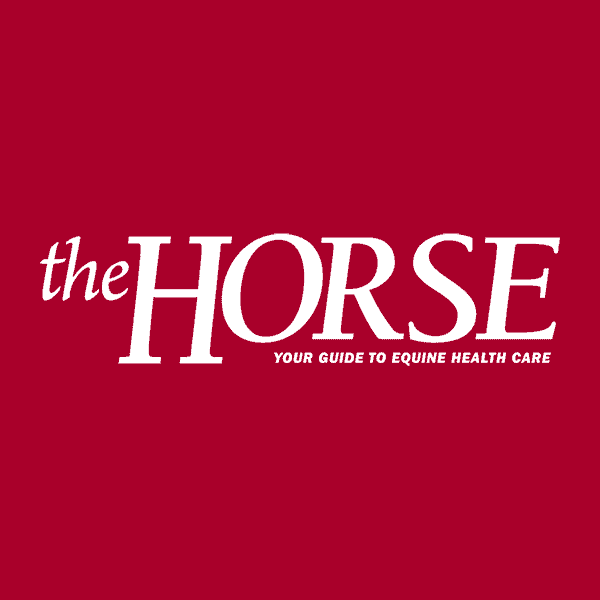Horse Geneticists Meet In Brisbane, Australia
Horse geneticists met July 4-6, 2001, in Brisbane, Australia, for the Fourth International Equine Gene Mapping Workshop. Forty-two scientists from Europe, Asia, Australia and America met to present their research and discuss
- Topics: Article, Other Convention Reports
Horse geneticists met July 4-6, 2001, in Brisbane, Australia, for the Fourth International Equine Gene Mapping Workshop. Forty-two scientists from Europe, Asia, Australia and America met to present their research and discuss collaborative efforts in building the map at the meeting organized by Dr. Kevin Bell of the University of Queensland. This series of workshops began in 1995 under the auspices of the Dorothy Russell Havemeyer Foundation with the goal of creating a powerful new research tool to benefit of the health and welfare of horses.
This effort is similar to the human genome project. However, unlike the human project that is designed to completely sequence the human genome, the horse mapping effort is directed at the simpler task of identifying landmarks on chromosomes and creating a framework for studying horse genes. Nevertheless, the human gene sequences have been valuable for horse research because the organization of the horse genome has proven to be very similar to that of the human genome. Indeed, many horse genes show 90%-95% conservation with human sequence and large chromosome segments appear the same in both species. Therefore, scientists can use the human map to predict the structure and organization of the horse genome.
Progress was readily apparent since the 1999 workshop meeting in Uppsala, Sweden. In Sweden, only 485 DNA markers and genes were mapped to chromosomes. In Brisbane, that number almost reached 1000, doubling the density of the map in just two years. Scientists also reported preliminary studies applying the gene map to identify inherited aspects of diseases including muscle diseases, bone disorders, epitheliogenesis imperfecta, megacolon disease, cerebellar hypoplasia as well as genes controlling coat colors in horses.
Future work will focus on increasing the density of markers, determining their order on chromosomes, comparative mapping to better determine the correlation between the human and horse gene maps and applying the information to investigate and understand the genetics of the horse
Create a free account with TheHorse.com to view this content.
TheHorse.com is home to thousands of free articles about horse health care. In order to access some of our exclusive free content, you must be signed into TheHorse.com.
Start your free account today!
Already have an account?
and continue reading.

Written by:
The Horse Staff
Related Articles
Stay on top of the most recent Horse Health news with















